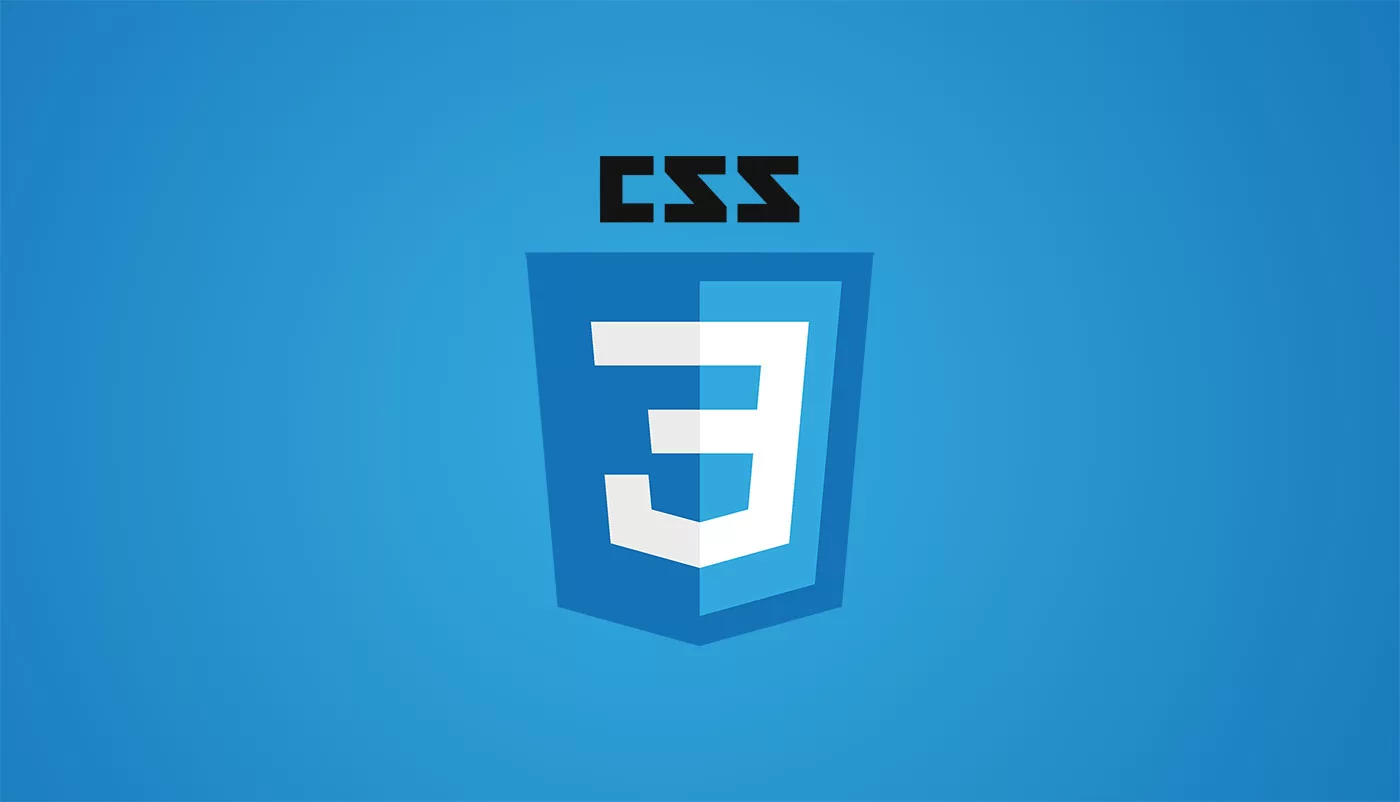In the realm of modern programming languages, Rust and Go have garnered considerable favor among developers worldwide. These languages have distinct features, strengths, and weaknesses that make them compelling options for a range of development projects. This comprehensive article offers an in-depth comparison of Rust and Go, exploring their similarities, and differences, and providing valuable insights to help you make an informed decision about which language may be more suitable for your next project.
Our goal is to provide you with the essential knowledge to make an objective assessment of these languages and select the most suitable one for your specific needs and preferences. We will accomplish this by examining their fundamental concepts, syntax, memory management, concurrency models, tooling, and ecosystem. Whether you are an experienced developer eager to explore a new language or a beginner in need of guidance, this comparison will serve as a valuable resource on your path to mastering Rust or Go. Let’s dive into the complexities of these two fascinating languages.
Rust vs. Go Development: An Overview
Comparison of development on Rust and Go languages is an essential and highly sought-after topic for programmers who are eager to gather comprehensive information and insights in order to make well-informed decisions. Rust, with its exceptional reputation, has consistently garnered praise and admiration for its remarkable attributes, namely its unwavering emphasis on safety, impressive performance capabilities, and meticulous memory management functionalities.
Rust, an exceptionally designed systems programming language developed by Mozilla, has firmly established its position as a formidable contender. Its remarkable focus on eliminating memory bugs and empowering developers with unparalleled control over complex system resources has instilled a deep sense of confidence and reliability in the software development process.
On the other hand, Go, also known as Golang, is designed for simplicity, efficiency, and ease of use. It was created by Google and has gained popularity for its excellent support for concurrent programming and scalability. Go focuses on building reliable and efficient software, making it suitable for various applications, from web development to system tools.
Rust and Go Development Features
When comparing development on Rust and Go languages, it is important to consider their unique features. Rust employs a sophisticated type system and borrowing mechanisms to prevent common programming errors, such as null pointer dereferences and data races. Its ownership system ensures memory safety and eliminates the need for garbage collection, which can lead to improved performance.
In contrast, Go provides a more straightforward type system and incorporates garbage collection, simplifying the learning process and facilitating rapid code development. It includes native features for handling concurrency using goroutines and channels, allowing developers to effortlessly create highly scalable and concurrent applications. Go’s extensive and well-documented standard library enables the accomplishment of diverse tasks with minimal reliance on external dependencies.
Performance Comparison
Performance is an exceedingly significant aspect to consider when contrasting the development capabilities of Rust and Go programming languages. Rust stands out due to its unwavering dedication to memory safety and fine-grained control, which consistently yields code of exceptional performance. The language’s incorporation of zero-cost abstractions and its utilization of advanced compiler optimizations empower developers to produce code that can genuinely compete with the speed and efficiency of C and C++. Given Rust’s resolute commitment to optimizing performance, it emerges as an ideal preference for an array of applications, such as systems programming, embedded systems, and other contexts demanding paramount performance.
While Go may not match Rust’s raw performance in certain scenarios, it still offers a range of impressive performance characteristics that make it a valuable language to consider. One notable advantage is Go’s efficient garbage collector, which enables automatic memory management and alleviates the burden on developers. This feature is particularly advantageous when working with large codebases or complex projects.
Moreover, Go’s concurrency model and lightweight goroutines contribute to its appeal for building highly concurrent and scalable applications. The concurrency model allows for efficient utilization of system resources, enabling developers to create programs that can handle numerous concurrent tasks concurrently. The lightweight goroutines, which are lightweight threads managed by the Go runtime, provide a convenient way to implement concurrent operations without incurring significant overhead.
Due to its advantageous traits such as efficient concurrency, automatic memory management, lightweight goroutines, and overall performance, Go is frequently preferred when creating a range of applications. These applications can encompass web servers and distributed systems, particularly when there is a need for high concurrency and scalability. Developers who aim to construct resilient, effective, and scalable software solutions often find Go to be an appealing option.
Similarities and Differences
In the realm of development on Rust and Go languages, there are several notable similarities and differences that are important to consider. When it comes to their core philosophies, both Rust and Go prioritize simplicity and readability, placing a strong emphasis on clean code and easy maintenance. These shared principles make them appealing choices for developers seeking efficient and manageable codebases.
Moreover, Rust and Go have vibrant communities and thriving ecosystems surrounding them. This is evident in the availability of robust package managers tailored to each language. For Rust, the widely used package manager is called Cargo, which simplifies dependency management and project building. On the other hand, Go relies on its own package management system called Go modules. This enables developers to effectively manage dependencies and streamline the development process.
Furthermore, both languages boast extensive libraries and frameworks that provide developers with the necessary tools and resources to accelerate development. These libraries and frameworks not only enhance productivity but also contribute to the overall stability and maturity of the languages. With the availability of such resources, developers can leverage existing solutions and build upon them, saving time and effort.
Nevertheless, Rust and Go exhibit contrasting design philosophies and target different domains. Rust places a premium on memory safety, concurrency, and granular control at a low level. This renders it well-suited for endeavors requiring meticulous resource management and performance enhancements. Conversely, Go emphasizes simplicity, user-friendliness, and effective concurrency, making it an excellent option for constructing scalable and dependable applications.
Choosing between Rust and Go
Deciding whether to use Rust or Go for your next project depends on several factors. If you require strict memory safety, fine-grained control, and performance optimizations, Rust might be the better choice. It is well-suited for tasks that involve systems programming, embedded systems, and performance-critical applications.
Alternatively, if your focus is on simplicity, user-friendly experience, and effective concurrent processing, Go presents a compelling choice. It thrives in creating extensively scalable applications, web servers, and distributed systems. Go’s robust standard library and concurrent processing capabilities render it an excellent option for projects demanding swift development and optimal resource management.
Conclusion
In conclusion, the comparison of development on Rust and Go languages reveals two powerful programming languages with their unique strengths. Rust’s focus on memory safety, performance, and low-level control. This makes it ideal for systems programming. Go’s simplicity, efficiency, and excellent support for concurrency make it suitable for various applications.
When faced with a decision, it’s important to take into account the particular demands of your project. Moreover, it also assesses how each programming language corresponds to those requirements. The ultimate selection between Rust and Go relies on considerations such as performance, memory safety, concurrency, and user-friendliness. By carefully considering these aspects and comprehending the trade-offs involved, you can make a well-informed choice and embark on your next development endeavor with assurance. The process of comparing Rust and Go languages during development plays a vital role. It helps in selecting the most suitable language for your project.





